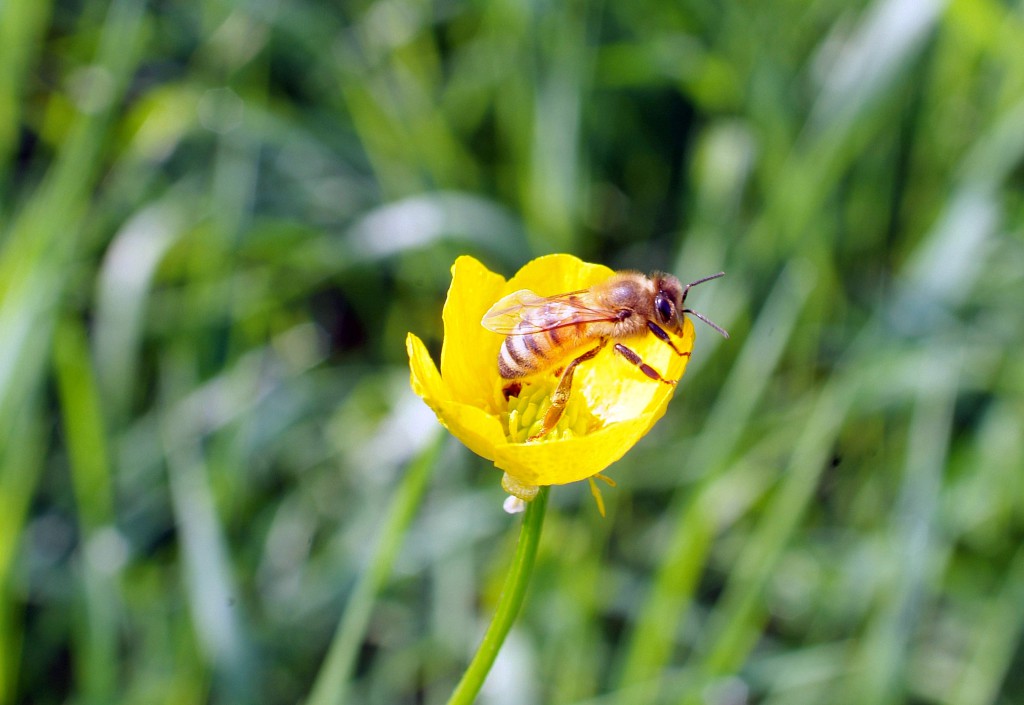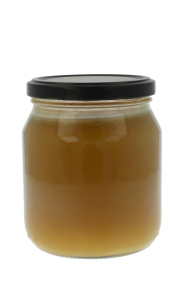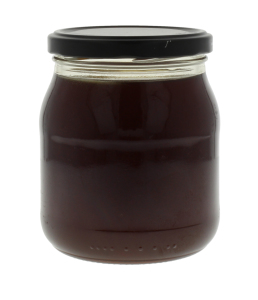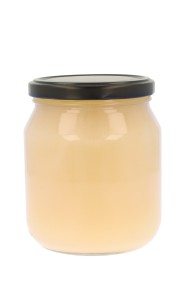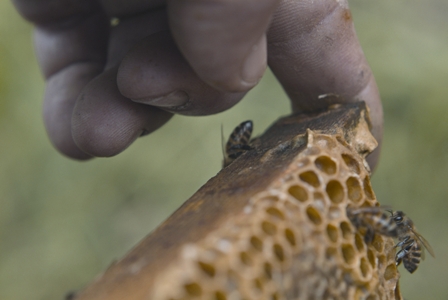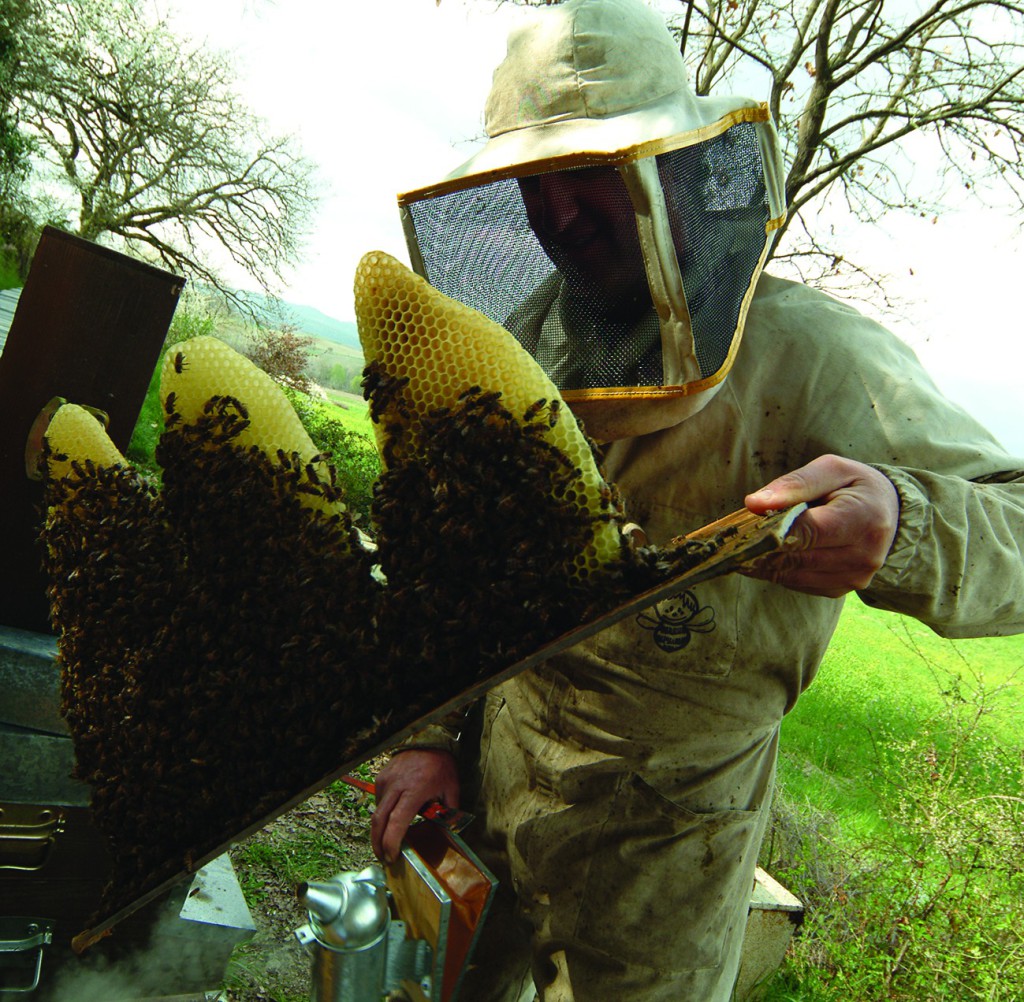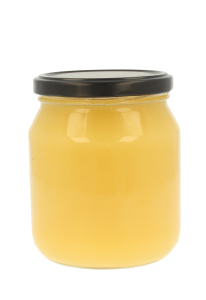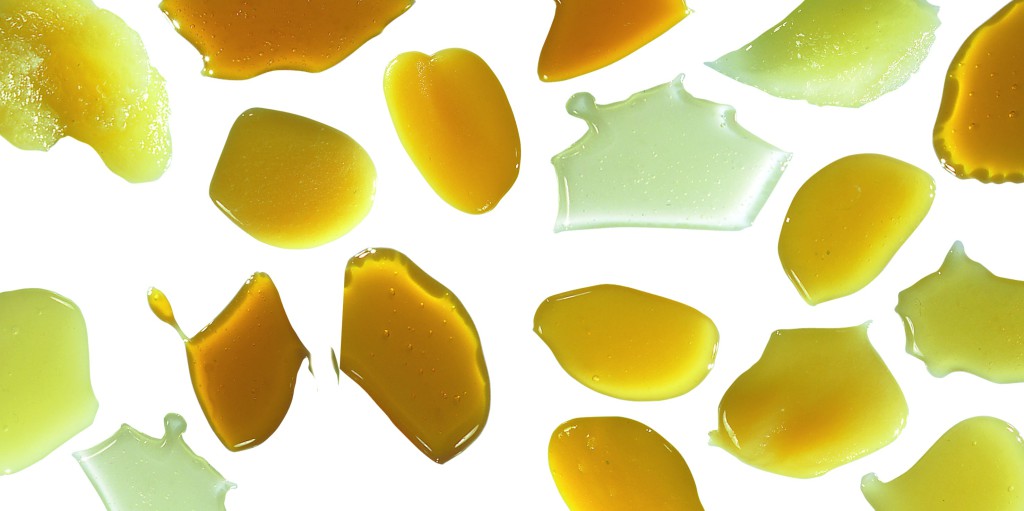 During the over thirty-five years of activity, Conapi has been playing a key role in trying to spread the knowledge of the main Italian monofloral honeys. On the Italian market, six different monofloral honeys (acacia, chestnut, eucalyptus, orange blossom, forest, linden) can be found, beyond the classic “millefiori”- polyflora honeys, mainly from Tuscany and the Appennini. Other monofloral honeys such as sunflower, French honeysuckle and coriander are mainly distributed in foreign countries.
During the over thirty-five years of activity, Conapi has been playing a key role in trying to spread the knowledge of the main Italian monofloral honeys. On the Italian market, six different monofloral honeys (acacia, chestnut, eucalyptus, orange blossom, forest, linden) can be found, beyond the classic “millefiori”- polyflora honeys, mainly from Tuscany and the Appennini. Other monofloral honeys such as sunflower, French honeysuckle and coriander are mainly distributed in foreign countries.
Acacia Honey
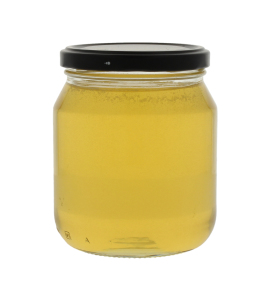 Texture: generally liquid, very slow crystallization
Texture: generally liquid, very slow crystallization
Color: clear. As a sign of its complete pureness it should tend towards almost crystal clear transparency
Aroma: delicate, refined and pleasing. It remembers of flowers, almonds and vanilla ponds
Taste: mild, delicate, appealing. It is sweet and silky, tempting to take a little more. The aftertaste adds a fresh overtone of sweet almond
Production area and period: it is harvested in the acacia woods of the Pre-Alps, Piedmont, Lombardy and Tuscany in Spring time.
Tips for use: being liquid it dissolves easily and is perfect for sweetening coffees, teas and beverages without modifying their taste. It is good for candy-ing fruit and vegetables, can be used in mixtures for desserts and bread and to prepare fresh fruit salads. It goes well with seasoned ricotta cheese and fresh herb cheeses.
Chestnut honey
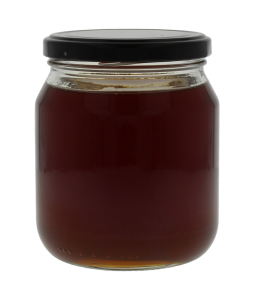 Texture: liquid, very slow crystallization
Texture: liquid, very slow crystallization
Color: amber colored, reddish with touches of agate, dark
Flavor: it has a strong, fruity and sugary scent, very penetrating, with a scent of spices such as black pepper and cloves, smoky notes, reminding also musk, leather, tobacco and wet card-board
Taste: with a bitter-sweet aftertaste, astringent on the tongue, tannin-rich, with overtones of cocoa bean, carob and tobacco
Aroma: plant-like, strong, penetrating, tangy and aromatic
Production area and period: it is harvested in the chestnut woods of the Italian Alps and Apennines during the Summer and Autumn.
Tips for use: perfect with tasty meat, game animals and seasoned cheese, ideally matching their strong taste. It goes very well with lightly smoked dishes. It provides an excellent contrast for fresh cheeses, such as ricotta or other sheep’s or cow’s cheeses.
Texture: crystallized
Color: pale orange color
Aroma: sweet and refreshing
Taste: sweet, with a final salty and smoky note, with a hint of lime
Production area and period: between May and July, when the flowers bloom in the Central part of Italy, especially in Marche region.
Tips for use: delightful on meat, especially beef and fowl and on cheeses. It is also perfect to sweeten teas and infusions. It is often used in the production of nougats.
Eucalyptus honey
Color: raw Siena, amber-colored
Aroma: it smells of stock cube broth, porcino mushrooms, liquorice and has a slightly smoked final note
Taste: averagely sweet, it gives the impression of saltiness on the tongue. Very intense and with strong personality, averagely acid, its taste is similar to that of liquorice and balsamic candies
Production area and period: during the Summer and Autumn in Central-Southern Italy (from Lazio to the Islands).
Tips for use: perfect for preparing main dishes, to dress fish or mixed fresh vegetables in vinaigrette, with oil and lemon or pan fried. Excellent in herb tea, hot milk or medium matured cheeses, such as pecorino. Also excellent with finger food or sushi.
Forest honey
Color: generally amber-colored, very dark, with degrees of intensity and dull tinges shifting from red to brown
Aroma: it has a strong, fruity and sugary scent, very penetrating, with a scent of spices such as black pepper and cloves, smoky notes, reminding also musk, leather, tobacco and wet cardboard
Taste: it recalls carob, rubarb and liquorice stick. Lingering, slightly tangy, similar to maple syrup, it leaves a velvety sensation and one of sugar cane caramel
Production area and period: it is harvested in the woods of Northern Italy in Autumn
Tips for use: excellent for sweetening fresh cheeses (ricotta), milk and dairy products, ideal in teas and in recipes with dark spices or vegetables.
Orange blossom honey
Color: very clear, light colored, varying from white to straw yellow through to light beige
Aroma: floral, fruity with a fresh scent of orange blossom and a mild but persistent aroma of citrus peel
Taste: fruity and pleasantly acid, similar to orange flowers
Production area and period: it is harvested in Southern Italy and the islands, in Spring time
Tips for use: ideal for pastry making, sweetening and aromatizing yogurt, cream based desserts and whipped cream. Other combinations are also recommended, such as frittatas, spring vegetable salads, raw or cooked fish, spun cheeses (scamorza, provola, caciocavallo, including mozzarella) at their various stages of maturation.
Polyflora honey
Its features are not homogeneous and completely change, depending on the place and time in which it is harvested.
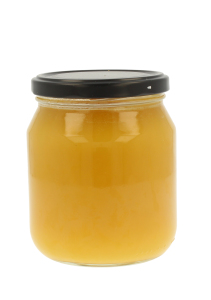 Texture: generally crystallized
Texture: generally crystallized
Color: generally amber-colored, the color varies from pale milky white to deep gold with tones of orange, from bright yellow to warm hazelnut
Aroma: intriguing, the aroma goes from flowery overtones to candied fruit
Taste: sweet, fruity and flowery, its aromatic scale on the tongue can be extremely rich
Production area and period: during Spring and Summer time, especially in the hills of the Appennines.
Tips for use: ideal for many situations, from dressing and cooking in general to bedtime milk. Excellent with hot beverages, spread on bread, with butter, dried fruits and young and soft cheeses like taleggio or squacquerone.
Texture: crystallized
Color: bright egg-yellow characteristic color
Aroma: it smells of pollen, summer grass and hay
Taste: very fresh and a bit acid, with sensations of sage and apricot jam and a final note of pineapple and candied mango.
Production area and period: it is harvested in the Summer period in the Central-Southern part of Italy
Tips for use: perfect for eggs and frittatas, with rustic desserts such as dry biscuits, it can be used with fried foods or added to ethnic vegetables. It goes well with mild or more mature blue cheeses.
Texture: crystallized
Color: clear, it has the color of white wax or ice
Aroma: it has a delicate, very floral smell
Taste: very sweet and refreshing. Very delicate
Production area and period: it is harvested in late Spring and during the Summer in the Central and Southern part of Italy.
Tips for use: it is a very balanced honey, with a neutral base. It can be employed without restriction. It is used to make hard nougat, ideal for any kind of dessert and to sweeten teas and infusions.
Linden honey
Color: bright, with yellow reflections from amber to golden
Aroma: it has a fragrant and intense smell of mint and sage, with aromatic overtones of of-ficinal herbs
Taste: sweet and persistent on the tongue with a hint of fresh walnut and a slightly bitter finish
Production area and period: it is harvested in the Spring and Summer period all over the Italian peninsula.
Tips for use: ideal for sage combinations and to sweeten baked fruits. It complements extra mature Parmesan or medium mature Gran Sardo cheeses. It is perfect for fish and can be added to infusions and teas, especially mint teas. It is also ideal with good beers and structured red wines with character.

